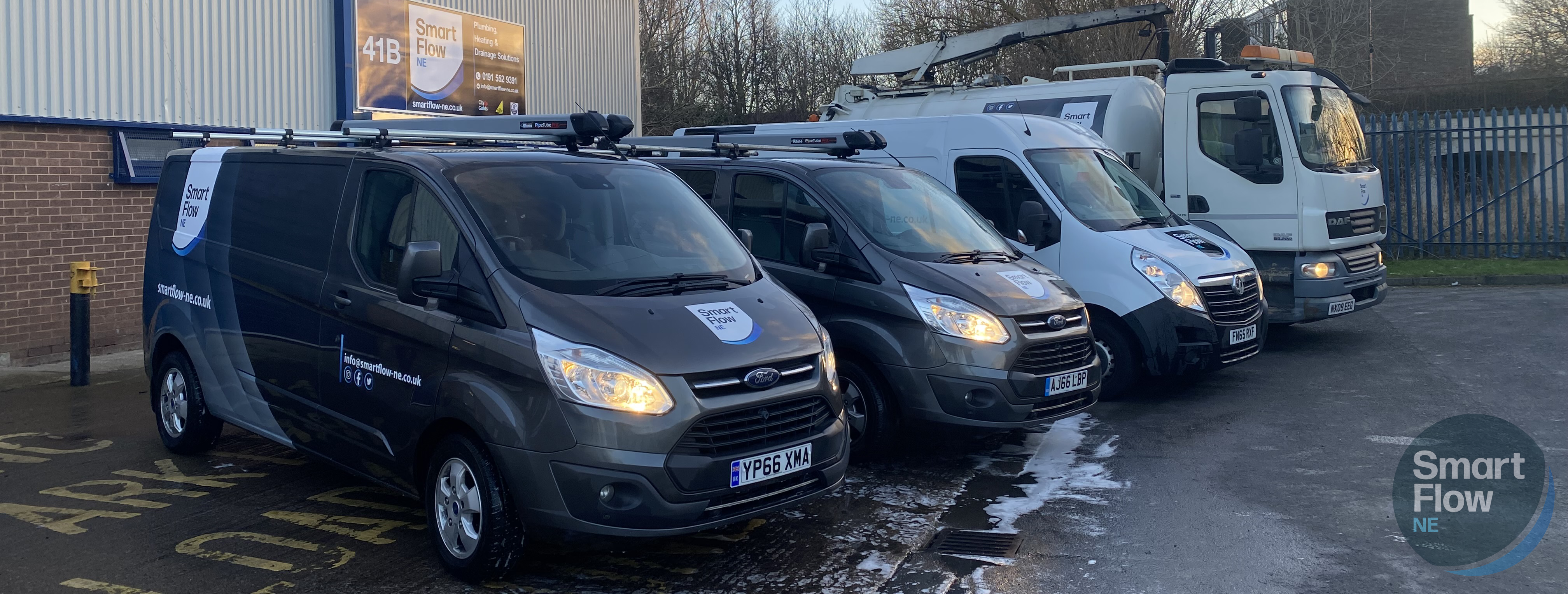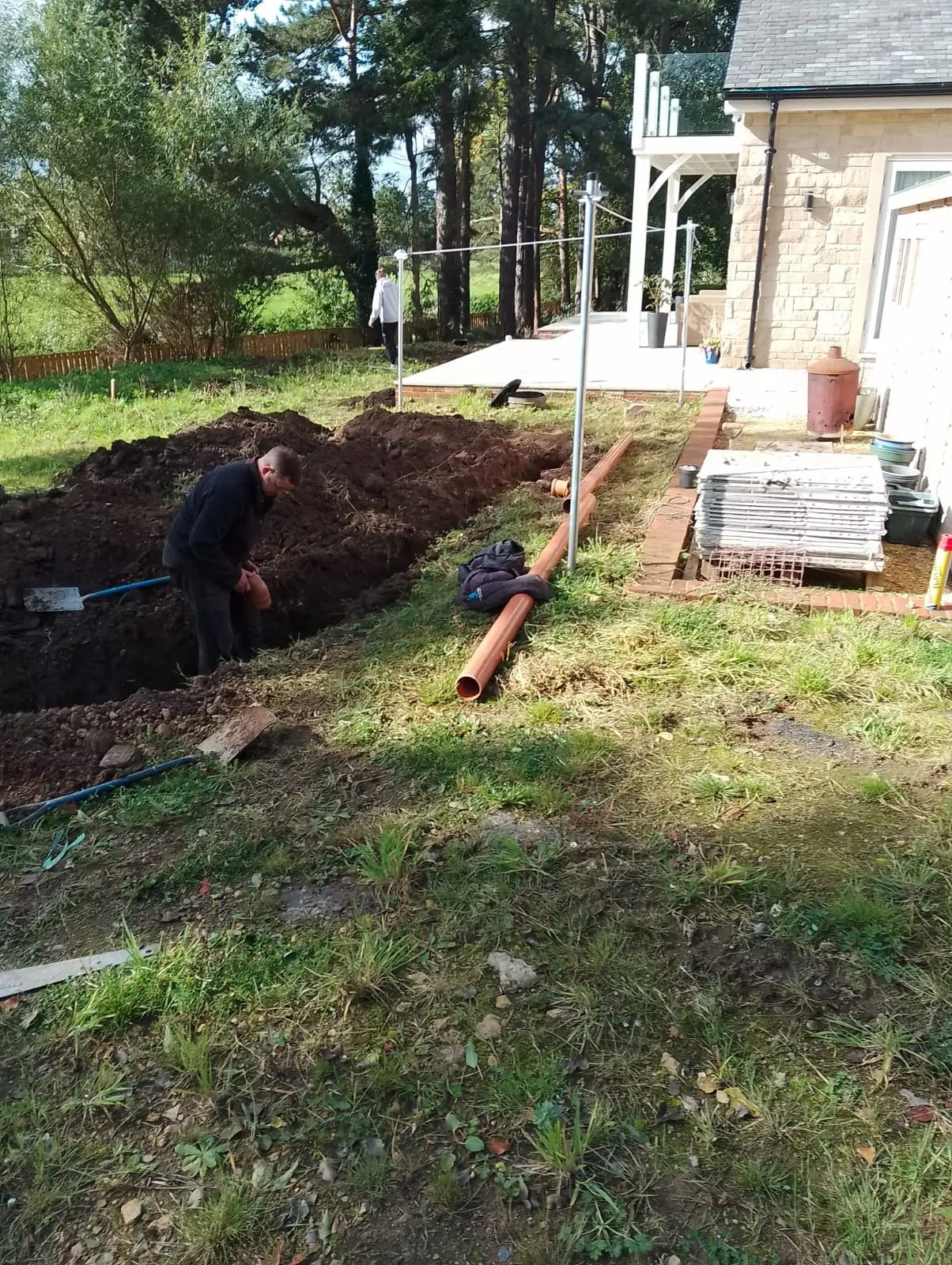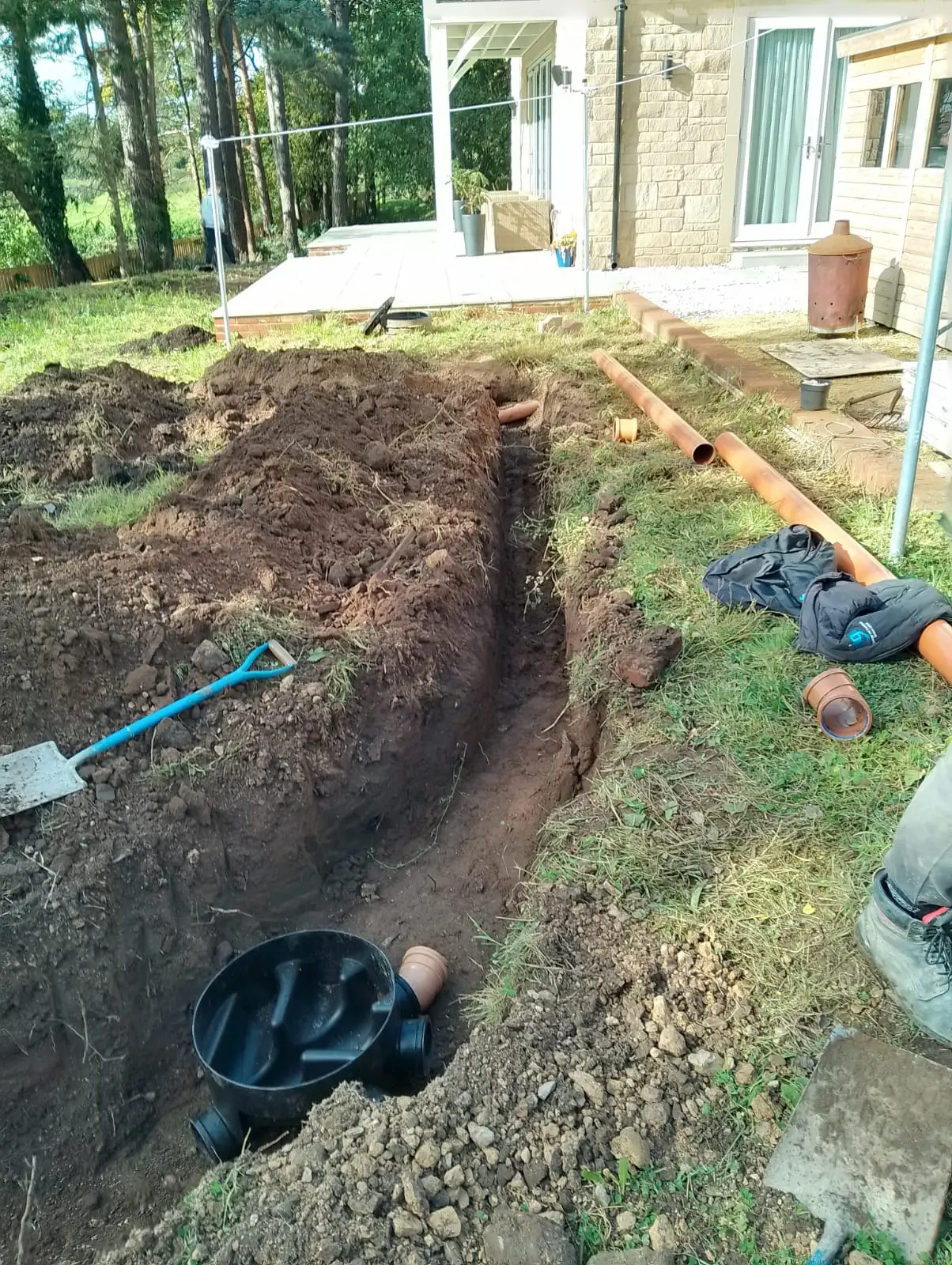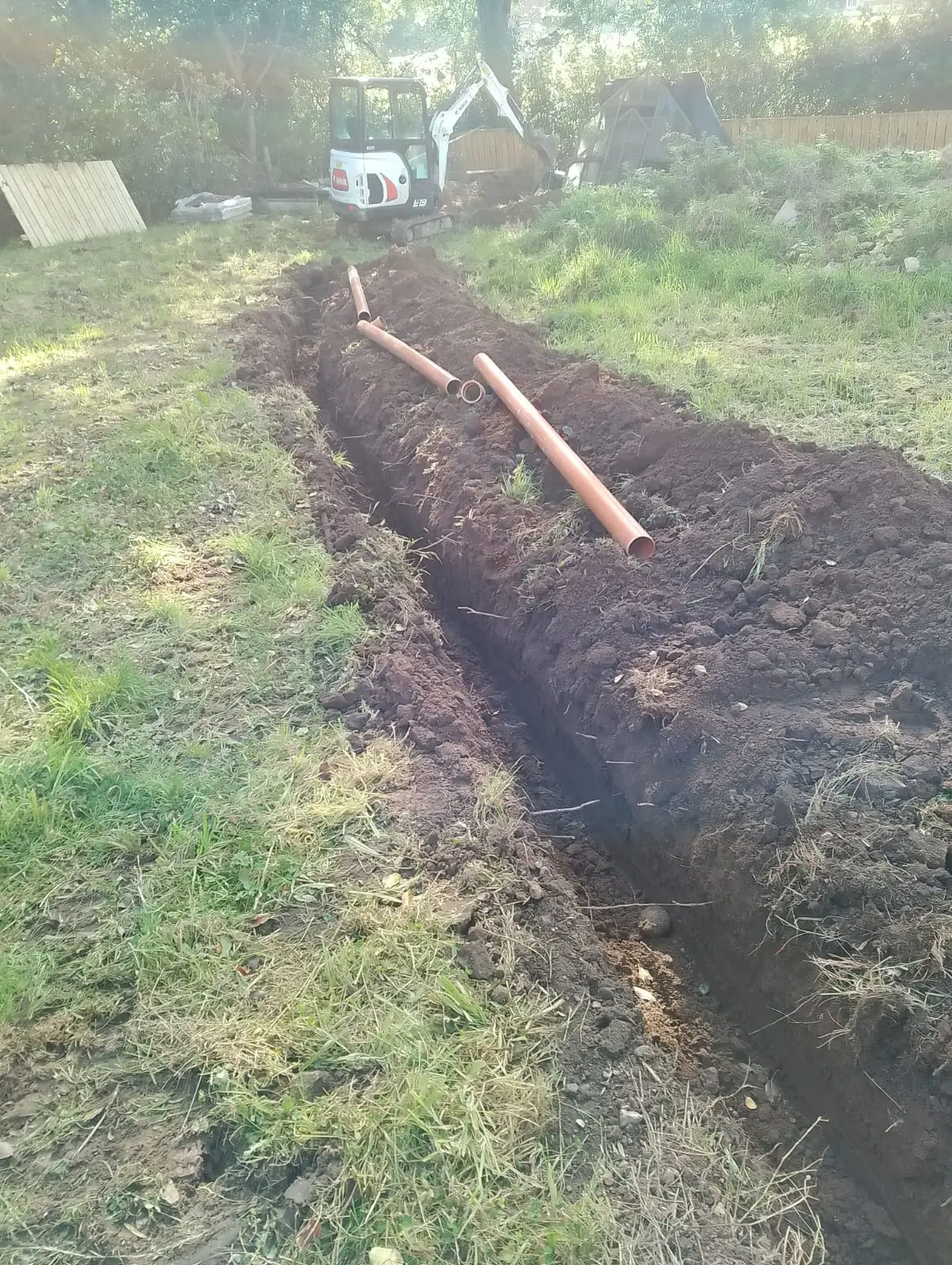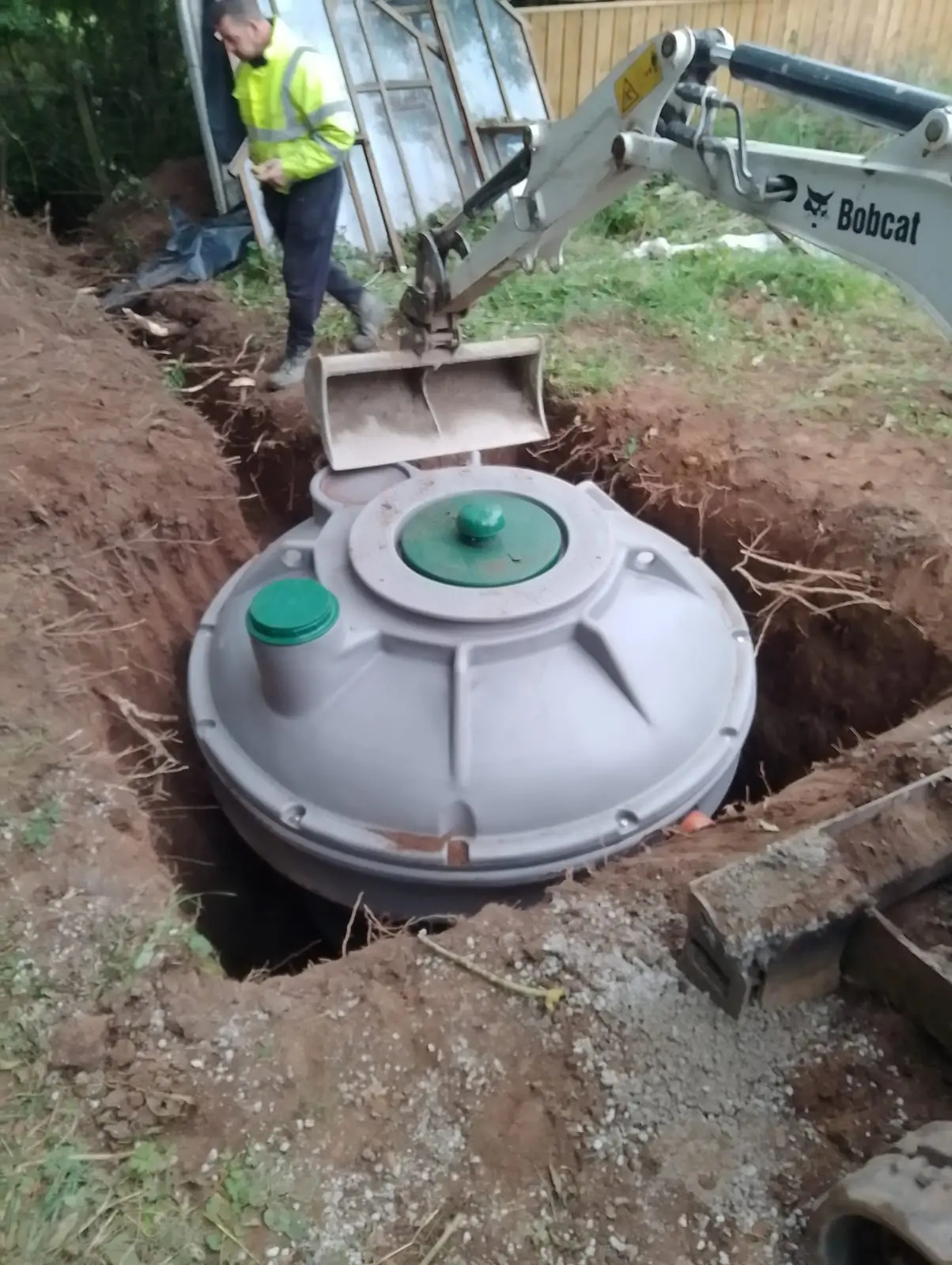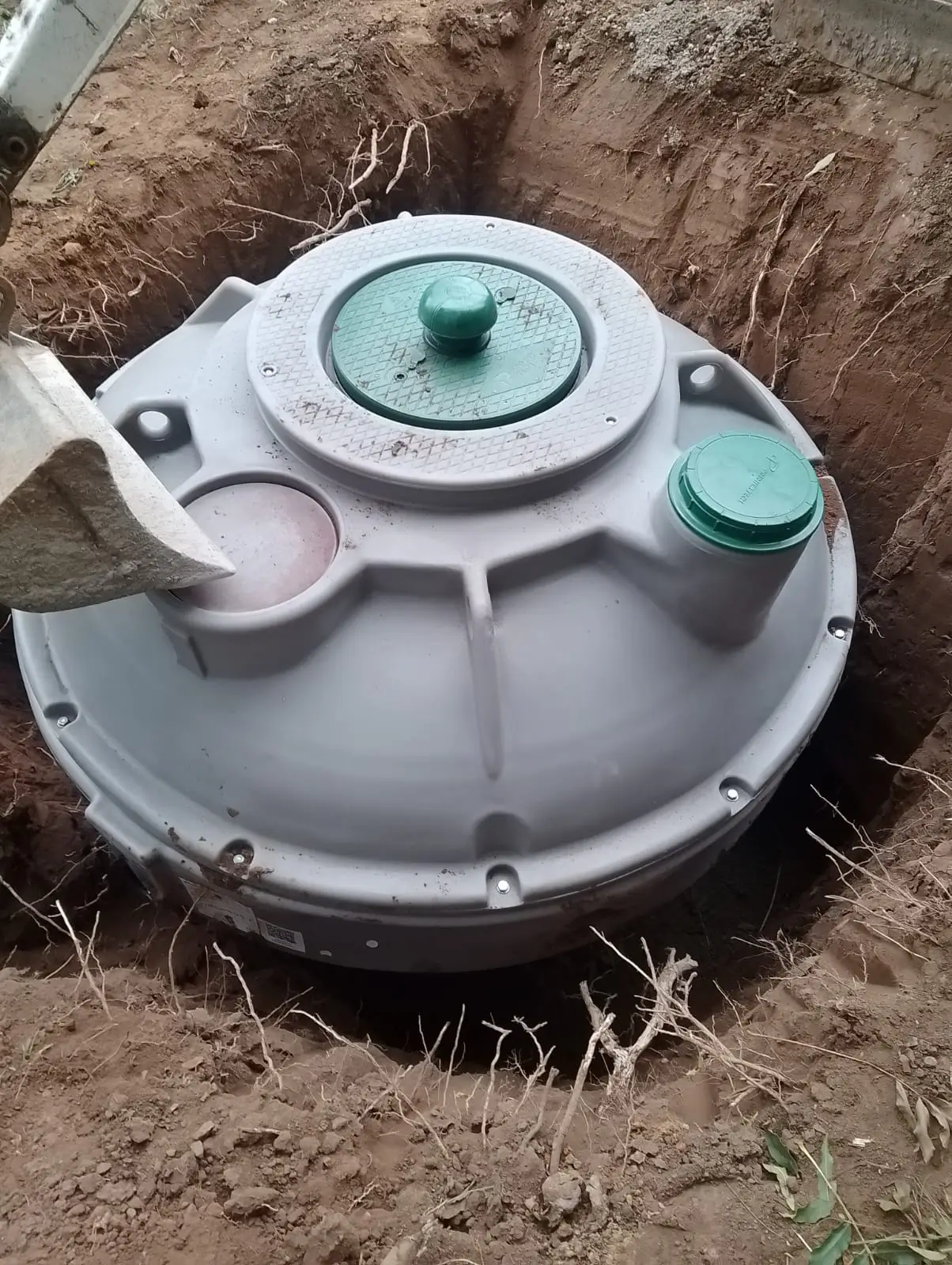Smart Flow NE: Septic Tank & Sewage Treatment Specialists
Septic and wastewater systems aren't just about drainage but safety, environmental responsibility, and long-term performance. At Smart Flow NE, we combine specialist knowledge with full accreditation to deliver reliable, regulation-compliant solutions across the North East.
Complete Wastewater Management Under One Roof
We handle everything in-house - from septic tank installation and emptying to sewage treatment plant upgrades and pumping stations. No subcontractors. No confusion. Just consistent, expert service from start to finish.
Trusted, Accredited & Qualified
- Fully compliant with Environment Agency General Binding Rules.
- Experienced in domestic and commercial sewage treatment systems.
- SafeContractor Approved - health, safety, and environmental excellence.
- Decades of experience in septic tank conversions, replacements, and drainage design.
Why Compliance & Expertise Matter
Improperly installed or outdated waste systems can lead to pollution, fines, or serious environmental damage. We ensure your system meets all current regulations - protecting your property, your health, and the environment.
Prevent Problems Before They Start
We offer regular maintenance, tank emptying, system checks, and upgrades to keep everything running smoothly. Whether desludging a septic tank or servicing a treatment plant aerator, Smart Flow NE helps you avoid costly issues and stay compliant year-round.
From Design to Completion
Our team handles everything - including initial site surveys, soakaway planning, installation, pump setup, and final commissioning. With Smart Flow NE, you avoid juggling multiple contractors or constantly chasing for updates.
Wastewater Safety is Our Priority
Sewage systems are critical to any property's infrastructure. That's why we ensure all installations, repairs, and services are completed to the highest safety and environmental standards. We provide documentation and expert guidance with every job.
For reliable, expert help with septic tanks, sewage treatment plants, and drainage compliance - trust Smart Flow NE: the North East's leading wastewater specialists.

